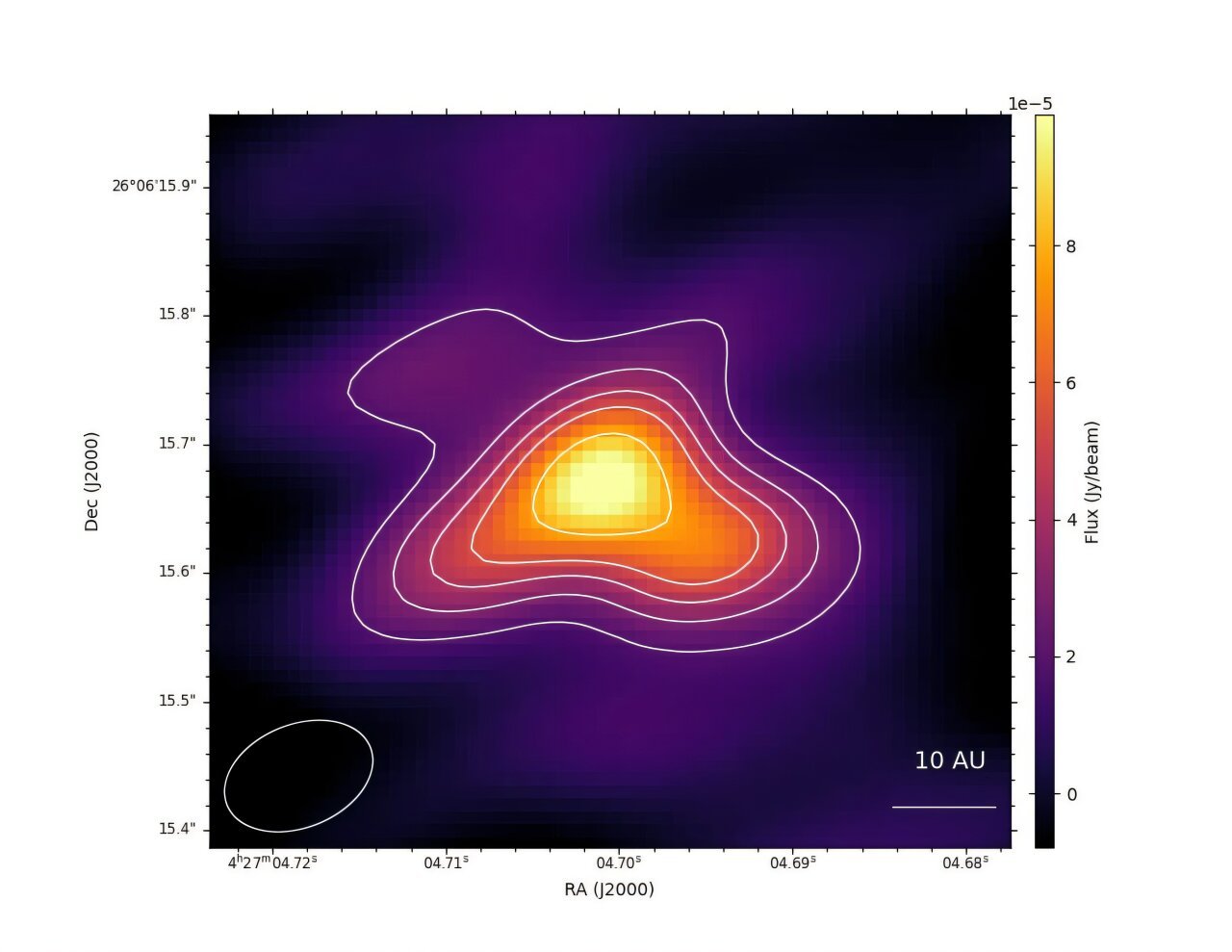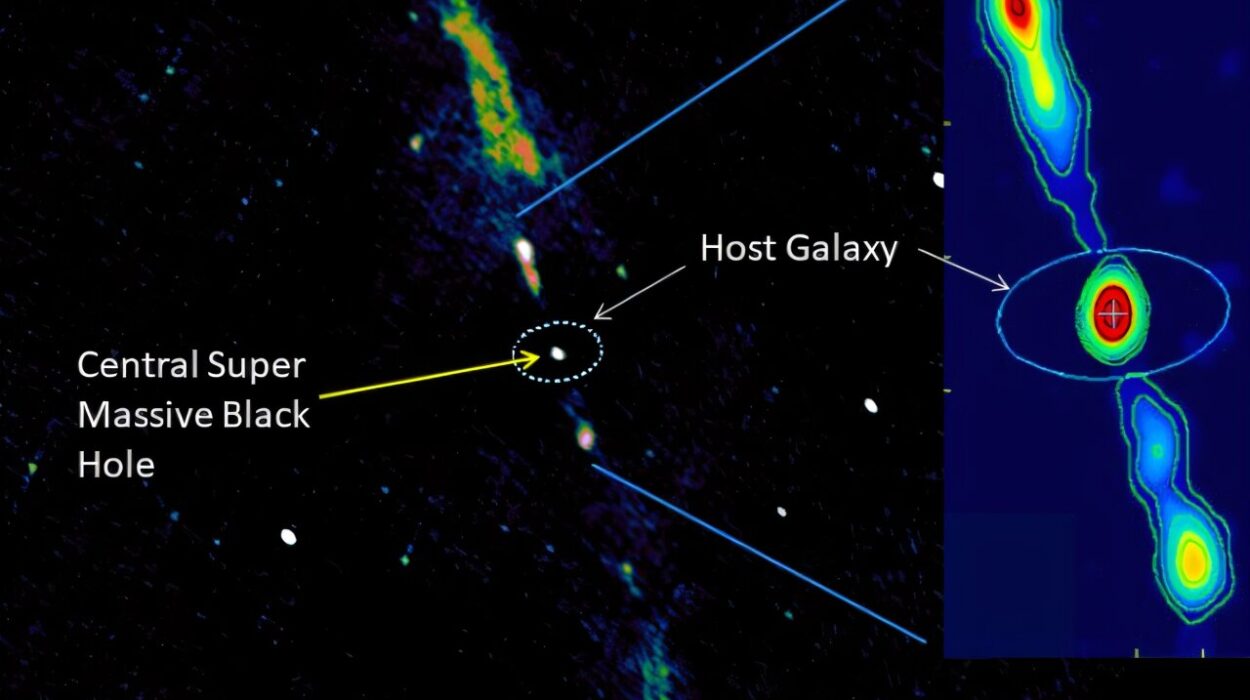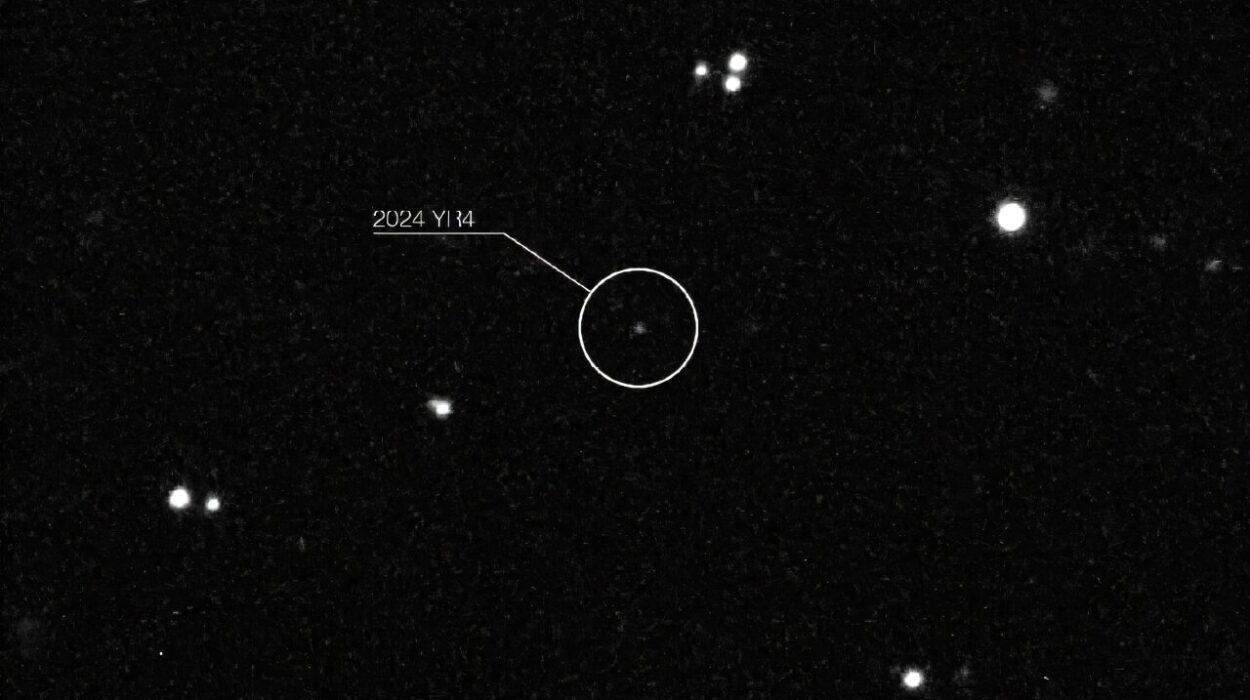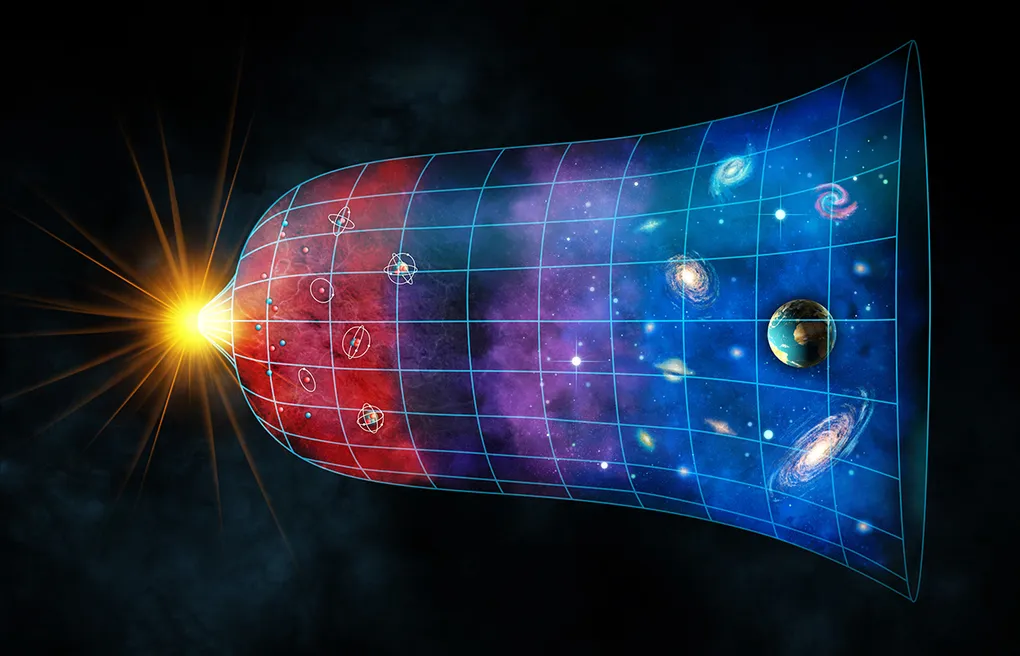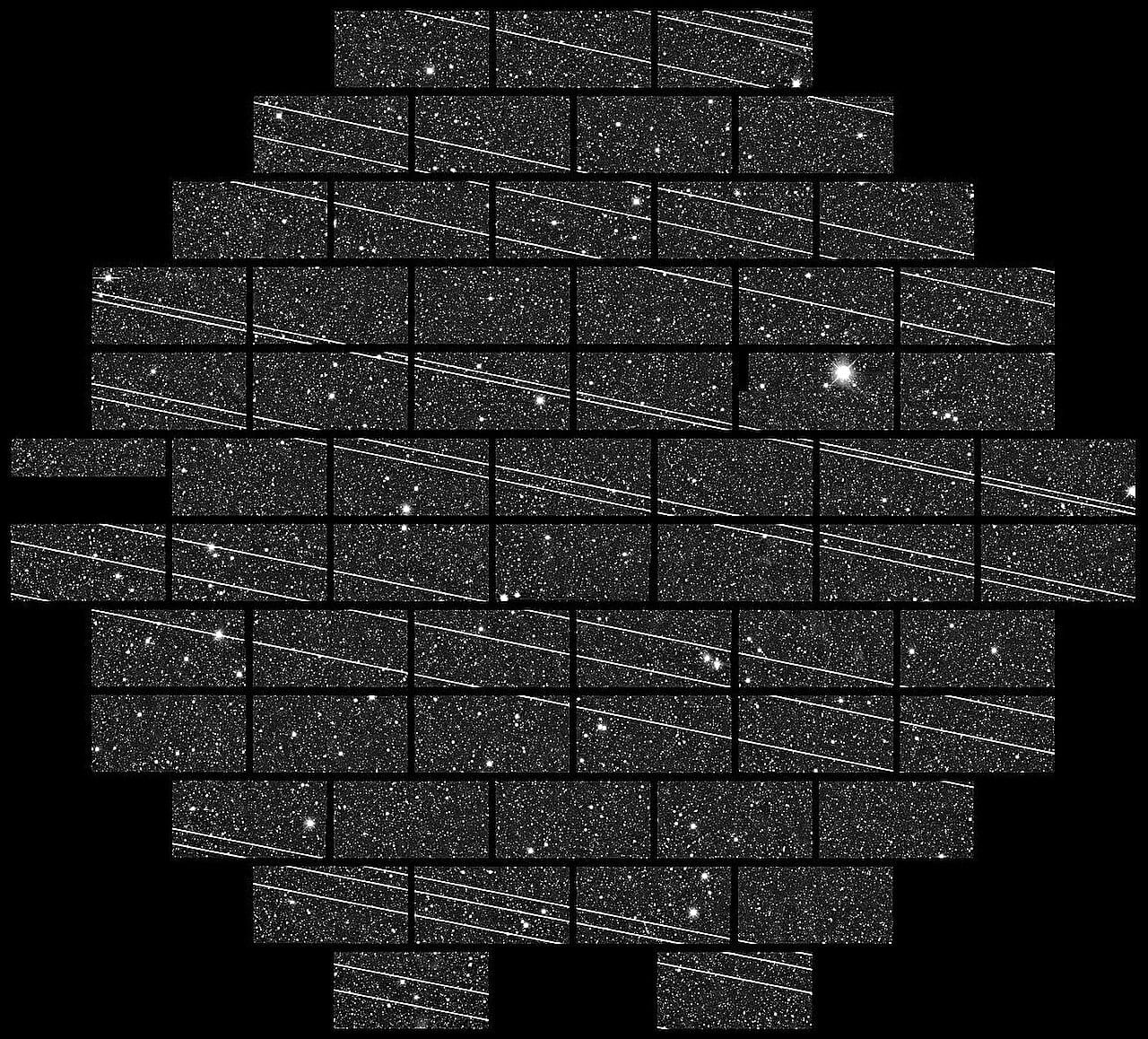In the swirling dark of space, more than 450 light-years from Earth, two young stars are quietly crafting cosmic futures. Around them, grains of dust are gathering into tiny pebbles — the building blocks of planets — offering humanity one of its clearest glimpses yet into how solar systems like ours are born.
The stars, known as DG Tau and HL Tau, glow in the Taurus star-forming region, shrouded by vast clouds of gas and dust. But in the latest observations, astronomers have peered through those veils and found something astonishing: vast rings of centimeter-sized pebbles stretching out to distances comparable to Neptune’s orbit in our own Solar System.
These humble pebbles are the seeds of worlds.
“This is potentially enough material to build planetary systems even larger than our own,” said Dr. Katie Hesterly of the SKA Observatory, whose team unveiled the findings this week at the Royal Astronomical Society’s National Astronomy Meeting (NAM 2025) in Durham, U.K.
The Ancient Recipe for Making Planets
Planet formation is an ancient cosmic recipe, one whose final dishes — Earth, Mars, Jupiter, and countless exoplanets — we’ve long admired, but whose secret ingredients have remained elusive.
Billions of years ago, our Solar System was born in a similar disk of gas and dust. Microscopic grains collided, stuck together, and grew into pebbles. Over millions of years, those pebbles clumped into boulders, then planetesimals, then fully-fledged planets.
Yet for decades, astronomers have struggled to catch this delicate middle stage in the act. While telescopes have captured shimmering disks of fine dust around newborn stars, and others have discovered thousands of finished exoplanets orbiting distant suns, the transition from dust to planet remained a cosmic mystery.
Until now.
The e-MERLIN Telescope’s Cosmic Detective Work
The new observations are part of an ambitious effort called the PEBBLeS project — Planet Earth Building-Blocks: a Legacy e-MERLIN Survey — led by Professor Jane Greaves at Cardiff University. Their goal: to map the rocky belts around stars that could someday host Earth-like planets.
To do this, astronomers turned to e-MERLIN, a network of seven radio telescopes spread across the U.K. and linked by high-speed optical fibers to the famous Jodrell Bank Observatory in Cheshire. Spanning 217 kilometers (135 miles), this telescope array is the only one currently capable of spotting centimeter-sized pebbles in planet-forming disks with the necessary resolution and sensitivity.
“Through these observations, we’re now able to investigate where solid material gathers in these disks, providing insight into one of the earliest stages of planet formation,” said Professor Greaves.
Unlike fine dust, which glows brightly in visible and infrared light, pebbles about the size of small marbles radiate best at longer wavelengths — around 4 centimeters. That’s precisely the sweet spot e-MERLIN was built to explore.
A Glimpse Into the Cradle of Solar Systems
In new radio images, DG Tau’s disk revealed bright signals from these pebbles stretching as far out as Neptune’s orbit, some 30 times the Earth-Sun distance. HL Tau, too, showed evidence of similar planetary seeds, arranged in elegant rings around its young star.
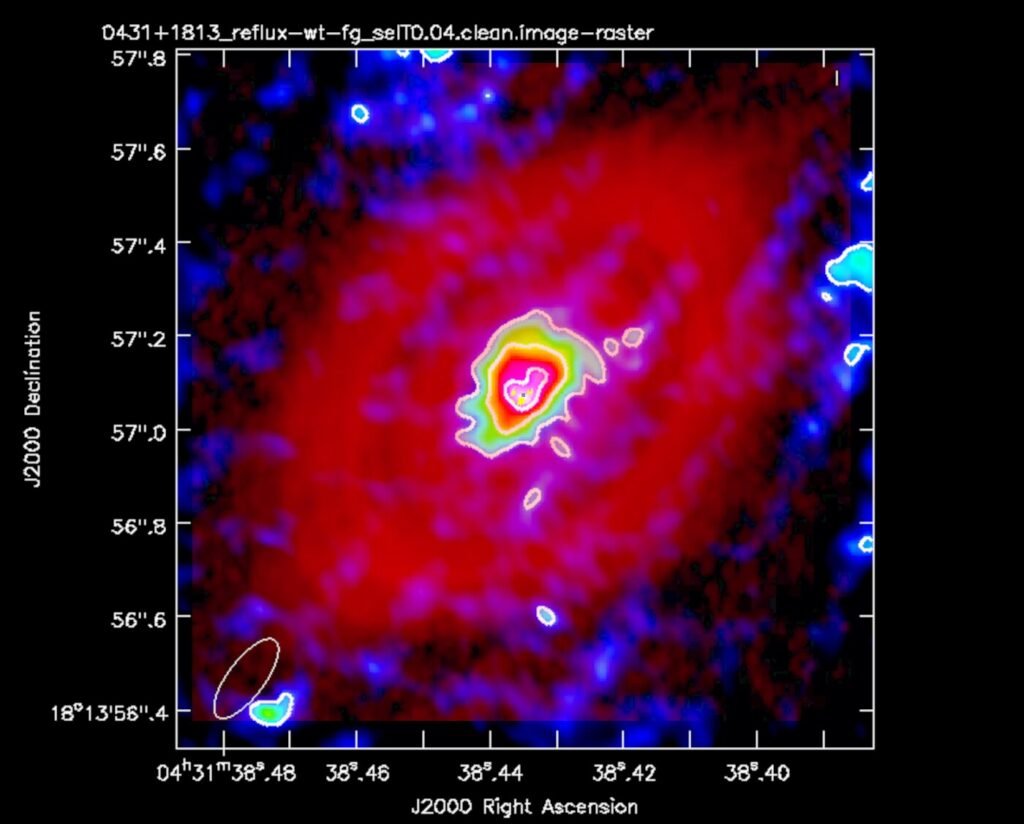
“These observations show that disks like DG Tau and HL Tau already contain large reservoirs of planet-forming pebbles out to at least Neptune-like orbits,” Dr. Hesterly explained.
For scientists, it’s like discovering a cosmic bakery already stocked with ingredients ready to become worlds. Enough material lies waiting in these disks to craft planets far larger — and perhaps far stranger — than those in our own Solar System.
Solving the Planet Formation Puzzle
The significance of these pebbles goes beyond pretty pictures. They help solve one of astronomy’s biggest riddles: how do planets grow fast enough before their birth disks vanish?
Young stars only keep their swirling disks for a few million years before stellar winds and radiation blow the material away. For giant planets like Jupiter and Saturn to form, their cores must assemble rapidly enough to suck in the leftover gas and grow massive. Pebbles may be the missing link, allowing fast core formation before time runs out.
“Decades ago, young stars were found to be surrounded by orbiting disks of gas and tiny grains like dust or sand,” said Dr. Anita Richards of the Jodrell Bank Centre for Astrophysics, who was also part of the team. “But as the grains clump together to make planets, the surface area of a given mass gets smaller and harder to see.”
These pebbles are crucial clues, revealing not only how planets like Jupiter might have formed but how Earth and other rocky worlds may also have started as humble clusters of cosmic dust.
The Road to the SKA: A New Era of Cosmic Cartography
While e-MERLIN has cracked open this new frontier, astronomers are already looking to the future. The Square Kilometre Array (SKA), now under construction in South Africa and Australia, promises to expand this vision across the galaxy.
“e-MERLIN is showing what’s possible, and the SKA telescope will take it further,” said Dr. Hesterly. “When science verification with the SKA-Mid telescope begins in 2031, we’ll be ready to study hundreds of planetary systems to help understand how planets are formed.”
The SKA’s extraordinary sensitivity will allow astronomers to detect faint pebbles around many more stars, across vast cosmic distances, and perhaps even spot the earliest hints of planet formation in systems far different from our own.
A Universe Full of Potential Worlds
The discovery of planet-forming pebbles around DG Tau and HL Tau is more than just a technical triumph. It’s a powerful reminder that our own Solar System’s story is echoed all across the stars.
The same physics that forged Earth and Mars, Saturn’s rings, and Jupiter’s storms is at work right now in dusty disks around newborn suns. Each speck of dust, each pebble, holds the possibility of new worlds — of continents, oceans, skies, and perhaps life itself.
As e-MERLIN peers deeper into the cosmic nursery, humanity edges closer to answering some of its oldest questions: How unique are we? How common are worlds like ours? And how many solar systems are quietly growing in the dark, waiting for their turn to shine?
In the quiet hum of radio waves from across the universe, we’re hearing the first whispers of future worlds. And the story of how planets are born has never been clearer—or more wondrous.
